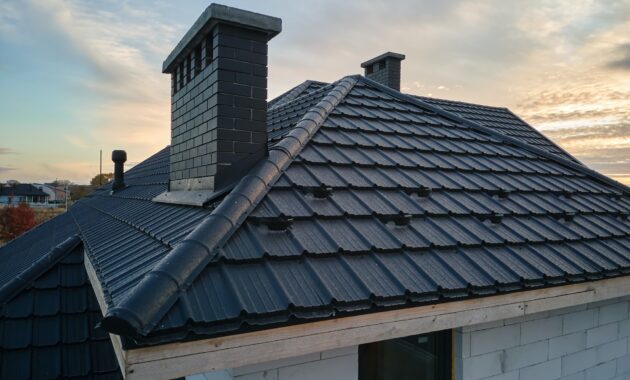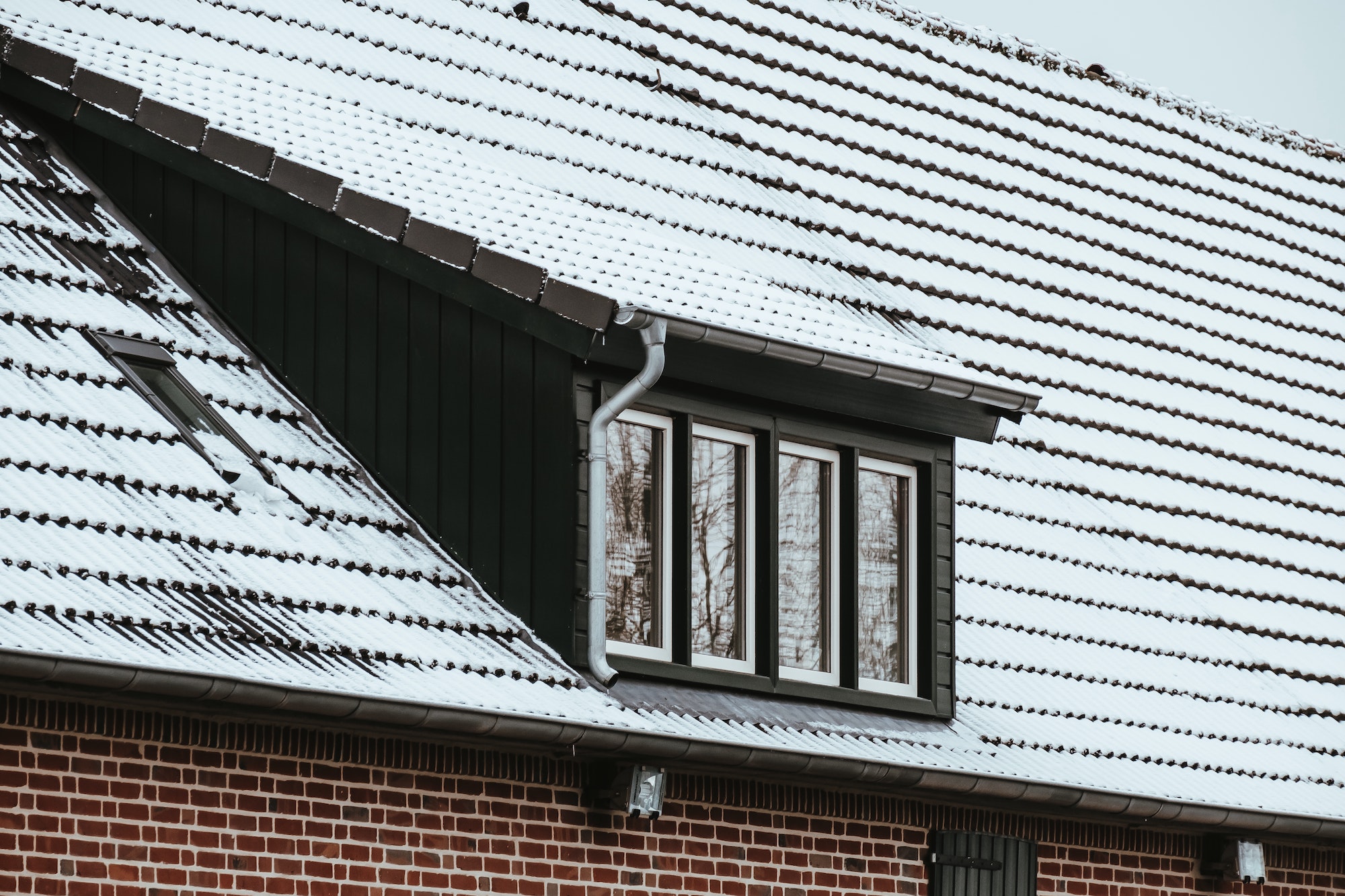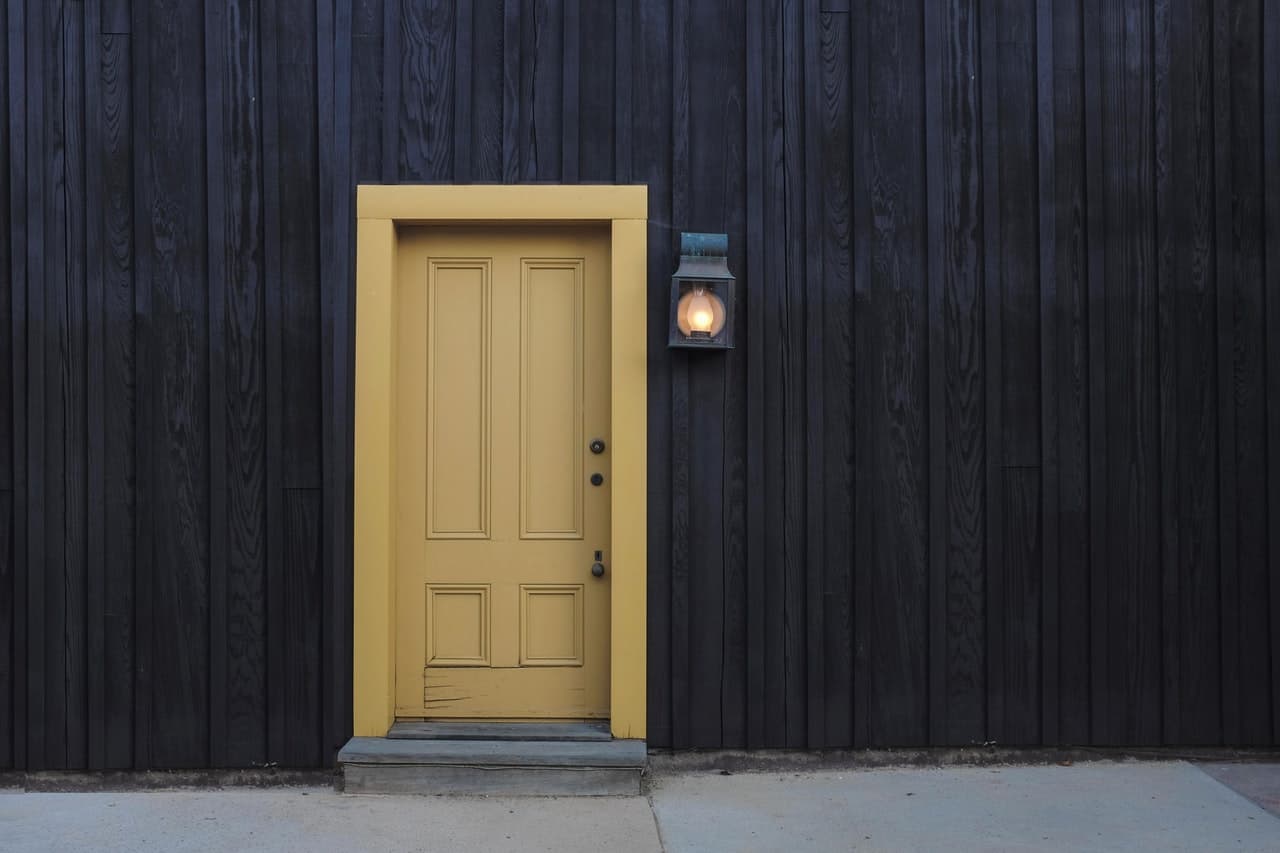Choosing the right roofing material for your home is more than just about aesthetics or costs; it involves careful consideration of factors such as durability, weather compatibility, and environmental sustainability. A roof is your home’s first line of defense against external elements, thus, making the appropriate choice can significantly impact not only your home’s longevity but also its energy efficiency and comfort.
This guide is designed to provide you with insightful, educational information that will aid you in making a well-informed decision on the best roofing material for your unique home.
Assess Your Climate
Certain roofing materials perform better in specific climates. For instance, metal roofs are ideal for areas prone to wildfires, while clay tiles are better suited for hotter climates due to their heat resistance. On the other hand, wood shingles are recommended for colder climates as they provide good insulation.
Therefore, when evaluating which roofing material to select, you must consider the climate in which your home is located. If you are unsure about what you should choose, relying on professional assistance, whether pro’s at Alamo Roofing Contractors or the ones from your local area should get you up to speed with the local climate and options. Furthermore, it is also important to consider the environment your home is in; for example, if you live in a coastal area that experiences strong winds and salt exposure, metal roofing may be an ideal choice.
Consider Durability
Some materials, like slate, are more durable and will last longer than others, such as asphalt. Think about the long-term and whether you can afford to replace your roof again in the near future. Consider the cost of both the material and labor when making your decision. Also, inquire about any warranties offered by the manufacturer that would cover repairs or replacements in case of damages due to extreme weather conditions or other factors outside of your control. Now, if you’re looking for a longer-term solution, more durable materials such as clay tiles or metal roofing tend to provide the best value and protection for your home.
Think About Aesthetics
Your roof contributes significantly to your home’s overall appearance. Choose a material that aligns with your home’s architectural style and your personal preference. For instance, a metal roof might look great on an industrial-style home while clay tiles may be more fitting for a Mediterranean or Colonial-style house. There are also various colors and finishes available, so you can select one that best complements your home’s exterior the best. Regardless of what material you choose, it is important to keep in mind that your roof should not only be functional but also aesthetically pleasing. Of course, you should always invest in quality and hire a competent professional for roof installation to ensure that your new roof is installed properly.
Budget Constraints
While it’s important to consider durability and aesthetic preferences, you should also take into account your budget. Some materials may have a higher upfront cost but may be more cost-effective in the long run due to their durability and low maintenance needs. However, if you’re working with a tight budget, opting for asphalt shingles is an inexpensive option that does not sacrifice quality. Additionally, there may be some financial incentives available from your local government or utility companies to encourage you to choose energy-efficient roofing materials. Research and inquire about any such programs in order to get the most bang for your buck.
Energy Efficiency
Some roofing materials have better-insulating properties than others. These can help keep your home cooler in the summer and warmer in the winter, potentially lowering your energy costs. For instance, metal roofs reflect sunlight and heat away from the house, thus reducing your cooling costs. Similarly, materials like clay tiles absorb less heat compared to asphalt shingles, making them more energy-efficient options. Additionally, you can also use insulation material underneath your roof’s surface to further reduce your energy bills in both summer and winter.

Check Local Building Codes
Some areas have restrictions on the types of materials that can be used for roofing. Make sure to check your local codes to ensure your chosen roofing material is allowed. Additionally, there may be some requirements regarding how the material should be installed in order to ensure compliance with building codes. Therefore, it is highly recommended that you hire a competent contractor who is familiar with these regulations. For instance, roofing contractors have trained professionals who can help you navigate the complexities of roof installation and ensure compliance with all local codes.
In the end, choosing the right roofing material for your home is a decision that requires careful consideration. Evaluate aspects such as durability, aesthetics, climate, and budget to make an informed choice. Seek professional advice from local roofing contractors to get the best options available in your area. Taking into account all of these factors will ultimately help you select the perfect roofing material for your home that will last for many years to come.
Discover more from Futurist Architecture
Subscribe to get the latest posts sent to your email.




